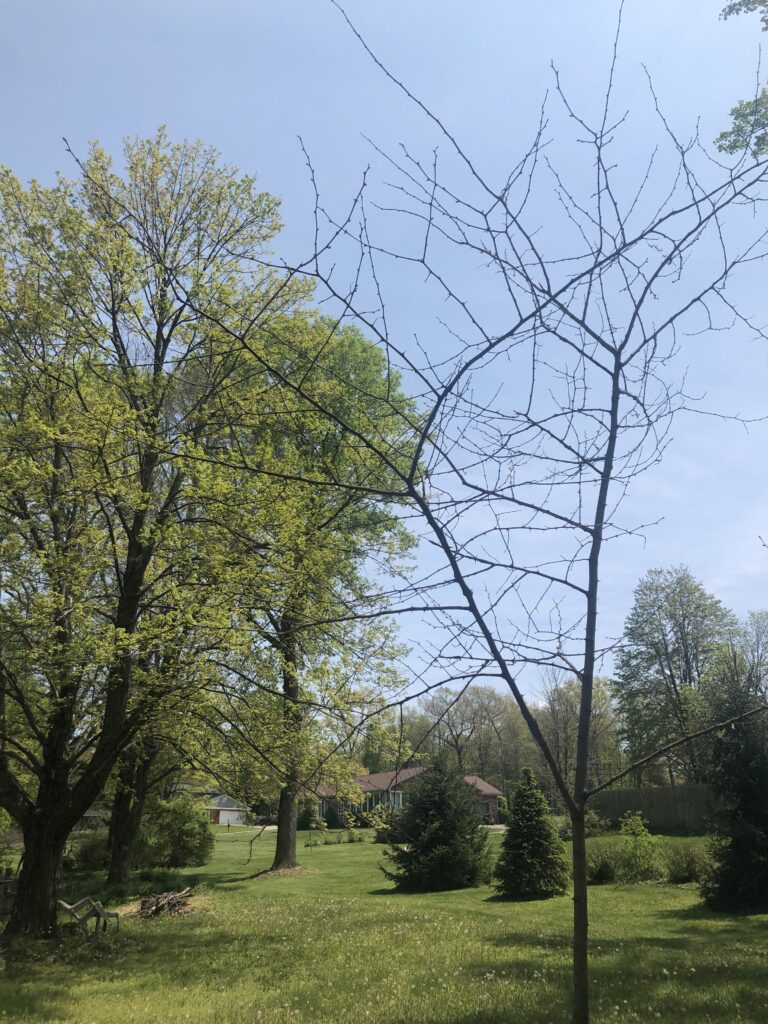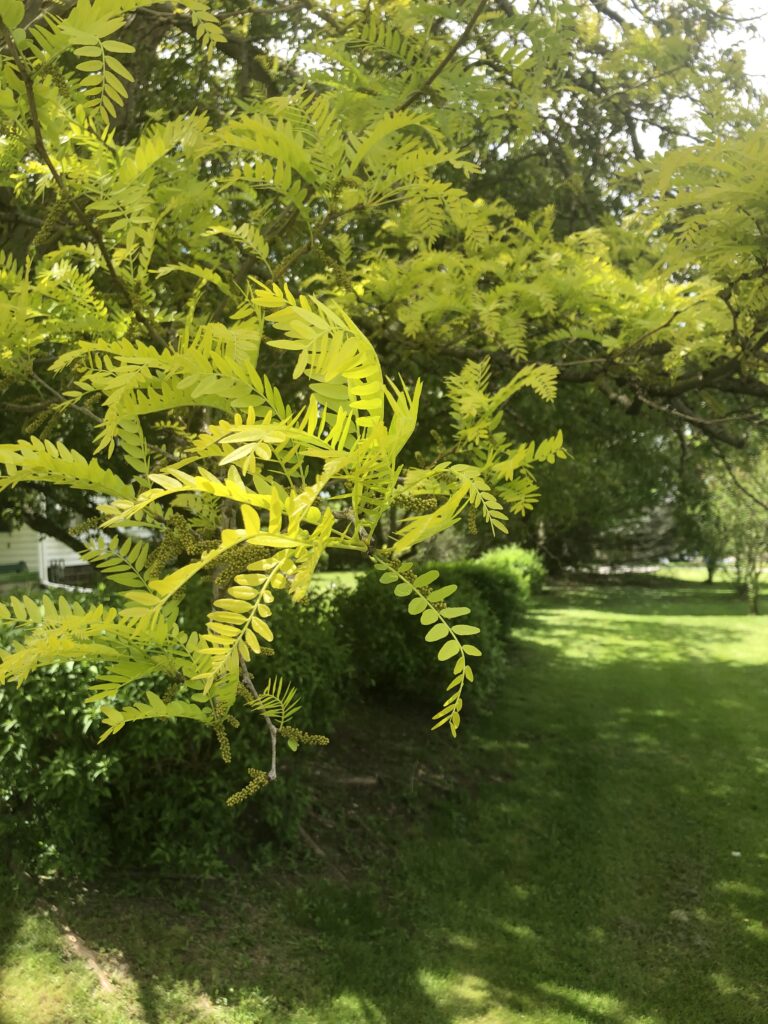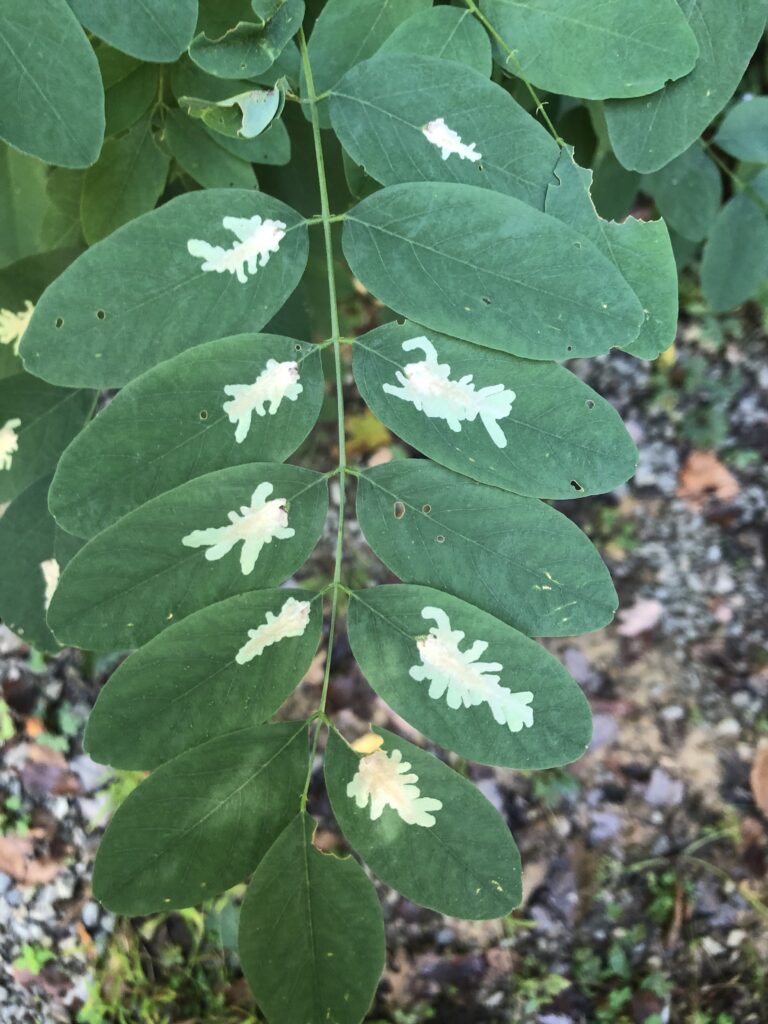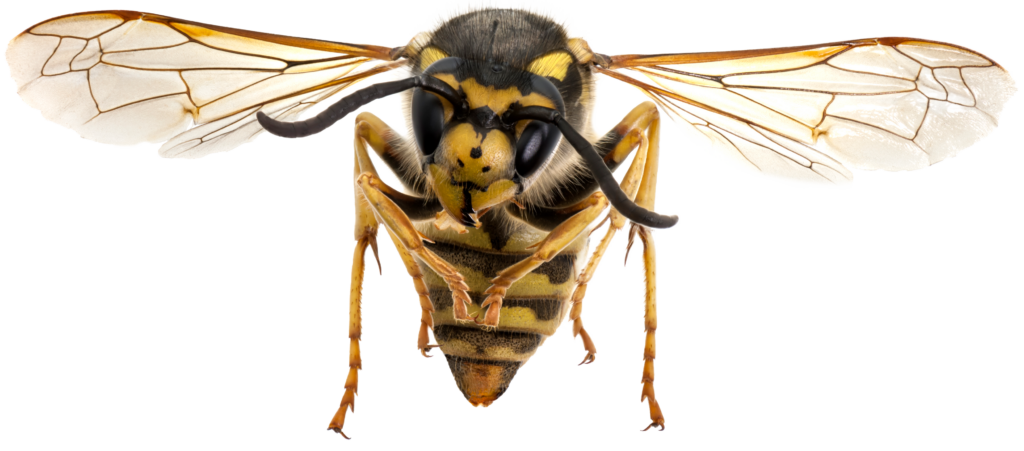As spring matures to summer, we notice some prominent late starters. Our native locust trees are remarkable in their late initiation of “bud break,” when leaves emerge. Growing only in full light, they are seen to be naked when other natives are leafed-out, and people often think “that tree must be dying.”

When they finally start their new growth, we find a fountain of delicate compound leaves, each with a central rib and many leaflets to each side. The pale green color shows that they do not have a thick cuticle protecting them, nor do they have chemical defenses. By contrast, oak leaves have a heavy, stiff cuticle providing a physical barrier, and chemical defenses such as tannic acids, costing the tree much more per leaf. Locust leaves are cheap to produce.

With little defense, locusts lose many of their leaflets to various insects. As early as July, many of the leaflets are compromised by insect herbivory, and the tree simply lets those go. Any observer will see many dead and dying leaves on our locusts by early August, and again may think “that tree is dying.”

But locusts are not without any defense. The wild relatives of our horticultural varieties were thorny, with great spines on the trunks and branches. These defended the succulent leaves against the large herbivore mammals that went extinct after the Ice Age. Prior to their extinction, mammoths, camels, ground sloths, and others foraged in the forests here, and would have loved to have eaten all those tender locust leaves.
Locusts defended themselves against the mammals, so why not the insects? Perhaps the late emergence of the leaves is a defense: If you wait long enough, all the caterpillars will be feeding on other trees when you finally emerge.
Locusts grow fast in the open sun, and that is one measure of success. But, does it work, this plan of “show up late, work hard, quit early”? Another measure of success is to count calories to see what the wood of the tree is worth. Both black locust and honey locust have about 27 Million British Thermal Units (BTUs) per cord (a standard measure of firewood), putting them in the top class of American trees for calories. By contrast, sugar maple and red oak have 24 Million BTUs per cord, cherry has 20M BTUs, and white pine has 14M BTUs. So, locusts grow fast and have energy-rich wood. That is a win-win for them.
Why don’t other trees do what locusts do? That kind of question drives research in ecology and evolutionary biology, and often produces insights to agriculture, forestry, or other economic fields.
